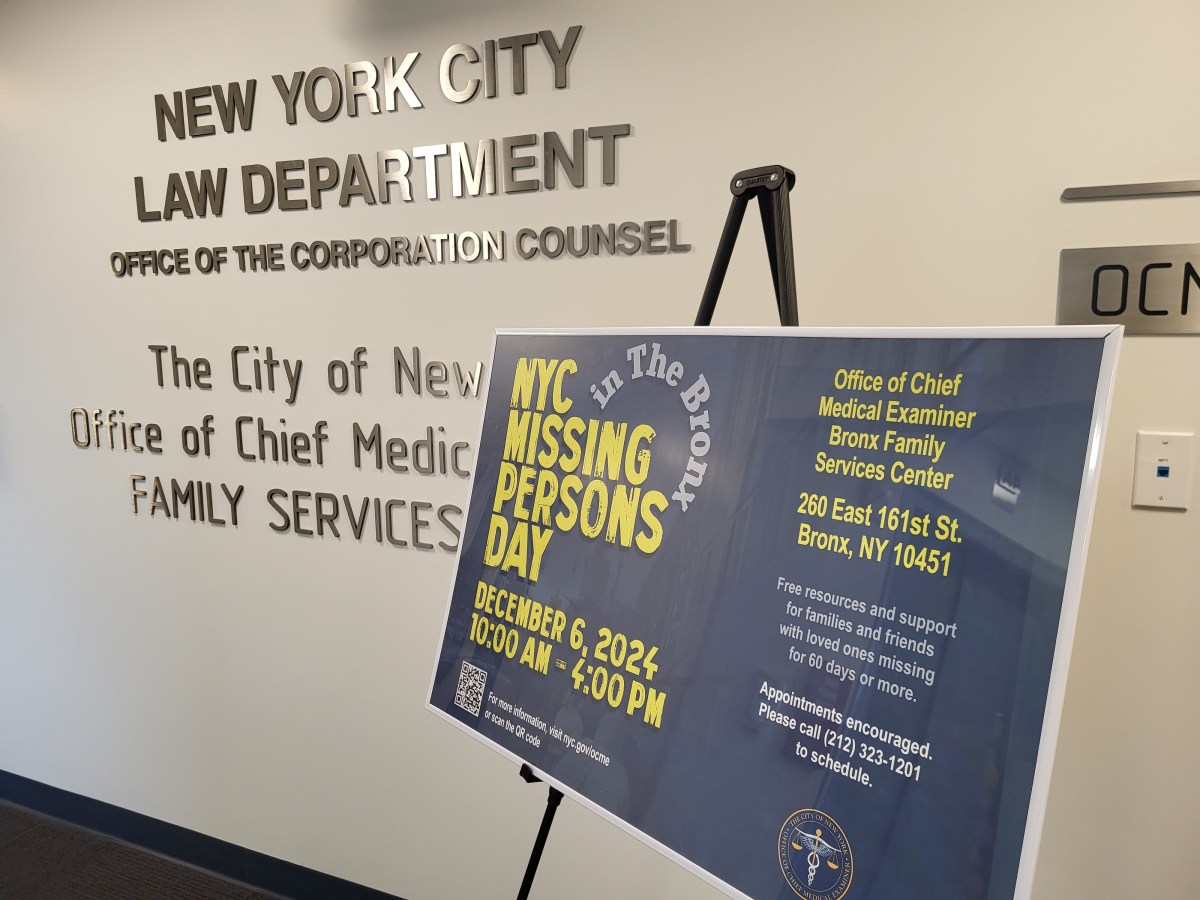
Since the early 1990s, the NYPD has banned the use of chokeholds — and for good reason.
When an officer applies pressure to a subject’s windpipe or neck during a scuffle, the risk of precipitating an accidental death soars.
On July 17, for example, as cops on Staten Island took down Eric Garner on a charge of selling loose cigarettes, an officer applied something that looked like a chokehold — with his arm wrapped around Garner’ neck.
Garner, an asthmatic, died while fighting for breath.
Unfortunately, the use of this dangerous tactic — though prohibited — never really went away throughout the 1990s and 2000s, according to a report this week by Philip Eure, who was recently installed in the new position of NYPD inspector general.
Why? It seems the brass never sent a clear message to the rank-and-file reinforcing the smart 1993 dictum of John Timoney, who would become NYPD chief of department. He warned cops that when facing physical resistance, they should “stay away from the neck.” He added, “We’re in the business of protecting life, not taking it.”
The inspector general’s report pointed to 10 chokehold incidents between 2009 and 2014 — cases that had been verified by the city’s Citizens Complaint Review Board.
The NYPD Advocate’s Office had prosecuted seven of them. But none wound up going before an NYPD trial commissioner. NYPD Commissioner Ray Kelly dialed down recommended penalties in six cases.
This is all enormously troubling.
The Garner case has shown beyond any doubt that New Yorkers want a credible and transparent citizens review process for allegations of police misconduct.
Reassuringly, NYPD Commissioner Bill Bratton backs plans to streamline communications between the NYPD and CCRB and to add vital layers of transparency.
He’s also directing a massive effort to retrain patrol cops in the art of resolving disputes without escalating confrontations to life-threatening proportions.
This time he has to succeed.

































